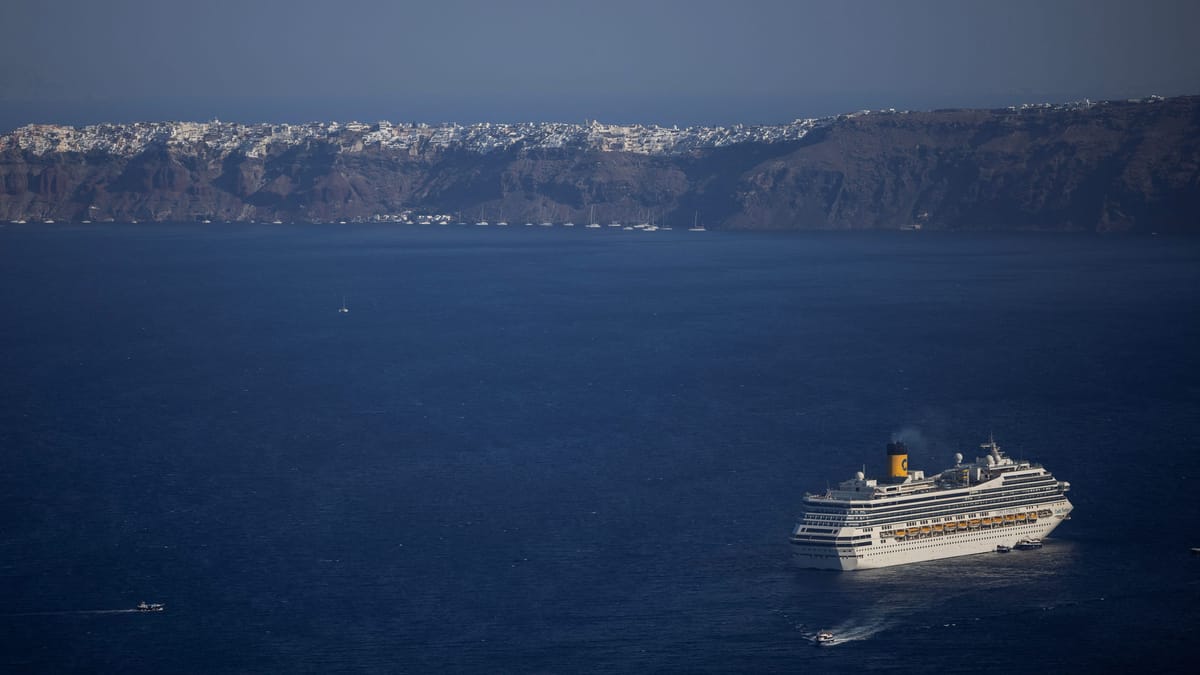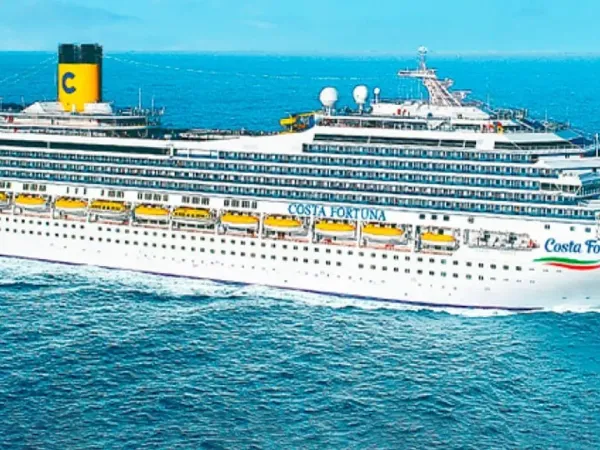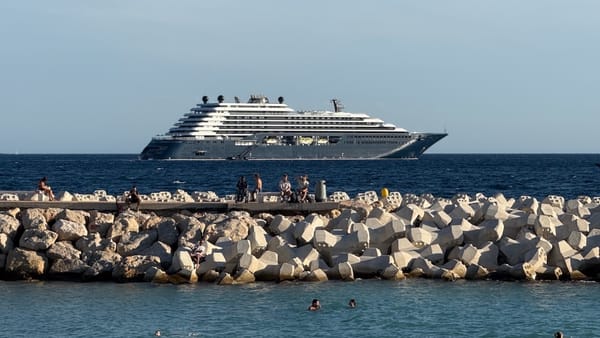Greece New Cruise Tax for Summer 2025
Greece’s new cruise tax targets overtourism in hotspots like Mykonos and Santorini, following a broader European shift toward visitor fees to balance local needs and sustainable tourism.

Greece has officially implemented a new cruise tax aimed at managing overtourism and bolstering infrastructure in its most popular destinations, including Mykonos and Santorini. Effective July 21, 2025, the tax imposes a per-passenger fee that varies by season and destination. Cruise passengers visiting Mykonos or Santorini during peak tourism months now pay €20, while visits to smaller islands incur a €5 charge. Shoulder and winter seasons offer reduced fees, with rates of €12 and €4 in major ports respectively, and €3 and €1 for other locations. The government anticipates generating between €50 and €100 million annually, directing these funds toward upgrading tourism-related infrastructure, particularly ports.
Why Greece Introduced a Cruise Tax
Local officials enacted the tax to combat tourism-related challenges such as overcrowding, infrastructure strain, and environmental concerns. In 2022, Santorini and Mykonos welcomed a combined 2.6 million cruise passengers, a significant portion of the 7.9 million total arrivals by ship across Greece’s ports. Locals have voiced growing frustration with traffic congestion, water shortages, and pollution, especially from large cruise vessels.
The tax aligns with new regulations introduced by Prime Minister Kyriakos Mitsotakis and Tourism Minister Vasilis Kikilias to manage the daily influx of cruise visitors and encourage travel across different seasons. It also follows a broader European trend in cities like Venice, Barcelona, and Lisbon, where measures have been adopted to address overtourism.
Mixed Reactions from Stakeholders
Community responses have been mixed. Some local residents and business owners support the tax, viewing it as a fair measure to preserve cultural heritage and protect natural resources. Others in the cruise industry have raised concerns that cruise visitors are being singled out, given they represent only around 8% of the 40.7 million tourists recorded in Greece last year.
MSC Cruises and Celestyal Cruises have notified passengers that the tax will be added to onboard accounts (and removed if guests opt to stay onboard during port calls). Industry representatives emphasize it is a mandatory government fee, not a profit-driven charge. They also caution that if higher port costs become burdensome, cruise lines may eventually rethink their itineraries.
Economic Implications and Tourism Trends
Revenue from the new levy is slated for infrastructure improvements, which Greek authorities believe will facilitate sustainable tourism in the long run. However, some analysts suggest that elevated fees could deter visitors, especially during the winter season when smaller ports compete for limited traffic. Meanwhile, market preferences continue to evolve, with many travelers showing renewed interest in destinations like Turkey. This shift could create opportunities for the cruise industry to negotiate taxes or explore alternative routes, even as island businesses emphasize that cruise spending remains vital to local economies.
Broader Context in Europe
Greece’s policy forms part of wider efforts across Europe to regulate mass tourism. Venice, Barcelona, and Lisbon have each initiated visitor fees or access limits to address overtourism. Regions like Ibiza have also imposed measures such as capping incoming vehicles during peak periods, reflecting public concerns over rising living costs and strained local resources. Although cruise tourism does not typically intersect with local housing shortages, concerns about environmental damage and strain on municipal services remain at the forefront of regulatory debates.
In Greece, the cruise tax represents one approach to balancing economic benefits with environmental and social considerations. Authorities continue to refine policies with the goal of distributing tourist numbers more evenly throughout the year, drawing lessons from other European destinations that have implemented similar measures.
Frequently Asked Questions (FAQs)
What is the purpose of Greece’s new cruise tax?
The tax aims to manage overtourism, enhance infrastructure, and address environmental concerns in heavily visited islands such as Mykonos and Santorini.
How will the tax be applied to cruise passengers?
Cruise lines add the fee to each passenger’s onboard account. Rates vary by season and location. Passengers can opt out by remaining on the ship during port stops.
How much revenue is Greece expecting from the cruise tax?
Greece estimates earning between €50 and €100 million annually. These funds will be used to improve tourism infrastructure, with a particular focus on ports.
How does this tax compare to other measures in Europe?
Several European cities, including Venice, Barcelona, and Lisbon, have introduced visitor fees or access limits to address overtourism. Greece’s approach specifically targets cruise passenger arrivals through a per-passenger charge.
Will the tax affect cruise itineraries in Greece?
Cruise lines have indicated they are passing the cost along to travelers. While no major itinerary cancellations have been announced, operators may reassess costs in the future if the fees prove too burdensome.




